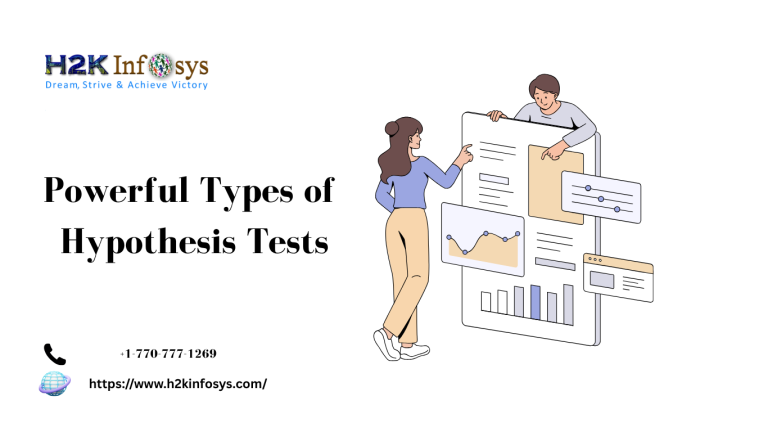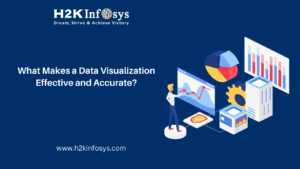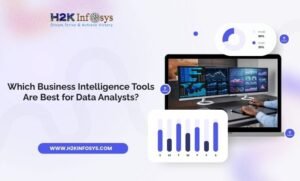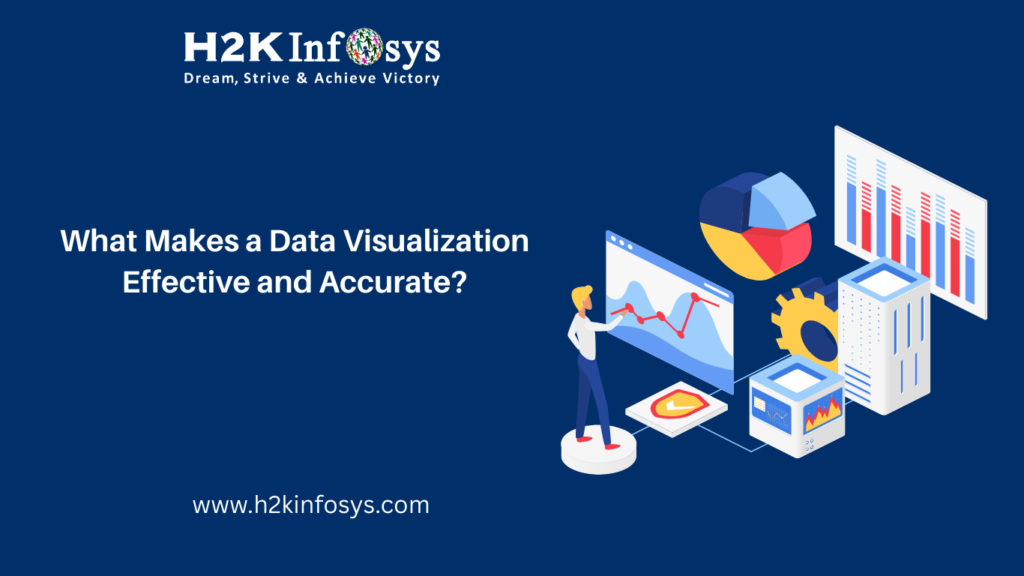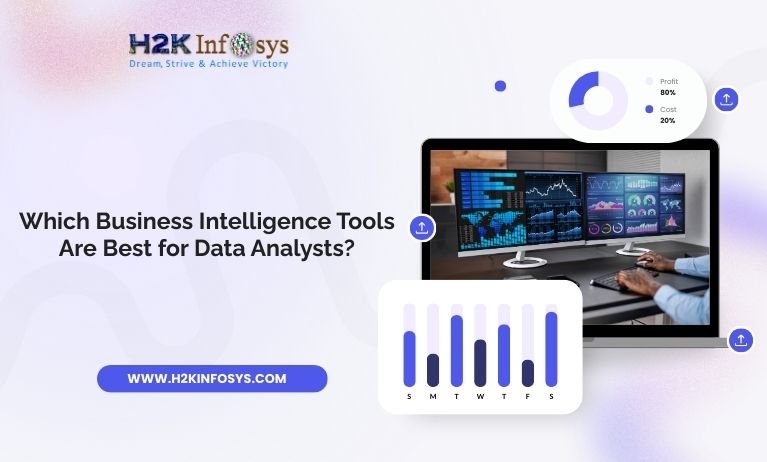Introduction: Why Hypothesis Tests Matter in Data Analytics
In today’s data-driven world, decisions are rarely based on instinct alone. Businesses, researchers, and governments depend on precise statistical methods to validate decisions, and hypothesis tests are at the core of this process.
Whether you’re exploring data analytics training or pursuing a Data analyst certification online, understanding different tests is essential. These tests give data analysts the tools to determine if their assumptions hold with real data, helping them make strategic decisions in areas like marketing, operations, product development, and healthcare.
If you’re beginning your journey with data analytics courses for beginners or looking to advance your career through a Google Data Analytics Certification, mastering hypothesis tests will give you the analytical edge employers demand.
What Are Hypothesis Tests?
These are statistical procedures used to evaluate assumptions or claims about a population, based on sample data. They involve two key components:
- Null Hypothesis (H₀): A statement that assumes no effect or no difference.
- Alternative Hypothesis (H₁ or Ha): A statement suggesting an effect or difference exists.
By analyzing the sample and applying tests, analysts can accept or reject these hypotheses with statistical confidence.
Importance of Hypothesis Tests in Data Analytics
Why should every aspiring data analyst master hypothesis tests?
- They form the backbone of data analytics training, enabling professionals to test assumptions scientifically.
- They offer a structured approach to uncertainty in data.
- They are widely applied in A/B testing, customer behavior analysis, process improvements, and more.
- They prepare you for real-world scenarios in any reputable online course in data analytics.
Professionals with a firm grip on tests are better positioned to draw valid conclusions and make decisions that are both data-driven and defensible.

Top Types of Hypothesis Tests Every Analyst Should Know
Below are the most common and powerful tests that analysts use across industries.
1. Z-Test
Purpose: Compare sample and population means when population variance is known and the sample size is large.
Used when the standard deviation of the population is known, Z-tests are applicable in controlled settings where high precision is required.
Example: A pharmaceutical analyst uses a Z-test to verify if a new drug changes blood pressure, assuming known variance.
2. T-Test
Purpose: Test sample mean differences when the variance is unknown or with small sample sizes.
T-tests are the most commonly used tests in data analysis. They come in three types:
- One-sample t-test
- Two-sample (independent) t-test
- Paired sample t-test
Example: A digital marketer uses a t-test to compare conversions between two email campaigns.
3. Chi-Square Test
Purpose: Analyze relationships between categorical variables.
Chi-square hypothesis tests are suitable when working with frequency data or proportions in categories.
Example: A retailer applies the Chi-square test to examine the relationship between customer satisfaction and store location.
4. ANOVA (Analysis of Variance)
Purpose: Compare means across three or more groups.
ANOVA is a family of hypothesis tests that help avoid errors when comparing multiple group means simultaneously.
Example: A product analyst uses ANOVA to determine if satisfaction scores differ across three product types.
5. Mann-Whitney U Test
Purpose: Compare two independent groups without assuming normal distribution.
This non-parametric version of the t-test is ideal for ordinal data or skewed distributions.
Example: A UI/UX designer applies this test to compare user engagement time across two platforms.
6. Wilcoxon Signed-Rank Test
Purpose: Test differences in paired or matched samples when data is not normally distributed.
This is a non-parametric alternative to the paired t-test and is often used in medical studies and psychology.
Example: An analyst compares customer satisfaction before and after implementing a chatbot.
7. Kruskal-Wallis Test
Purpose: Compare more than two groups when the assumptions of ANOVA are not met.
This is a non-parametric version of ANOVA and is widely used when data isn’t normally distributed.
Example: An e-commerce analyst tests if median purchase values differ across four customer segments.
8. One-Tailed vs Two-Tailed Hypothesis Tests
Purpose: Specify directionality of your test.
- One-tailed test: Tests for a specific direction (greater than or less than).
- Two-tailed test: Tests for any significant difference regardless of direction.
Example: A business analyst wants to check if a new ad increases website traffic (one-tailed) or if it changes traffic in any direction (two-tailed).

How to Conduct Hypothesis Tests: A Step-by-Step Guide
Through our online data analytics certificate at H2K Infosys, you’ll learn this structured approach:
- State the Hypothesis
- Formulate H₀ and H₁.
- Formulate H₀ and H₁.
- Set the Significance Level (α)
- Typically 0.05 or 5%.
- Typically 0.05 or 5%.
- Choose the Right Test
- Based on data type, sample size, and distribution.
- Based on data type, sample size, and distribution.
- Compute the Test Statistic
- Use formulas or tools like Python, Excel, or R.
- Use formulas or tools like Python, Excel, or R.
- Determine the p-value
- The p-value helps determine whether to reject H₀.
- The p-value helps determine whether to reject H₀.
- Interpret Results
- If p < α, reject the null hypothesis.
- If p < α, reject the null hypothesis.
Understanding this workflow ensures you apply tests correctly and confidently in any data analysis task.
Real-World Use Cases of Hypothesis Tests
Marketing & Advertising
Use a hypothesis to compare customer responses across different ad campaigns (A/B testing).
Healthcare
Statisticians test whether new treatments outperform traditional ones using clinical trials.
Manufacturing
They are used in quality assurance to verify if machines produce within acceptable tolerance.
Finance
Risk managers rely on these tests to determine if portfolio returns deviate significantly from market expectations.
Education
Educators test whether new teaching methods lead to improved student performance.
These examples reinforce the value of learning hypothesis tests in a structured and practical setting, like H2K Infosys’ data analytics training.
Tools Used for Hypothesis Tests
You’ll encounter and use tools like:
- Excel
- Python (SciPy, Statsmodels)
- R
- SPSS
Through our Google Data Analytics Certification-aligned curriculum, you’ll gain hands-on exposure to these platforms and apply hypothesis tests on real-world datasets.
Common Errors to Avoid in Hypothesis Tests
- Using the wrong test for your data
- Ignoring assumptions (normality, independence, variance)
- Misinterpreting a p-value as the probability of correctness
- Running too many tests without adjusting significance levels
By avoiding these pitfalls, you ensure your hypothesis tests lead to accurate and credible conclusions.
Hypothesis Testing in H2K Infosys’ Data Analytics Curriculum
When you enroll in H2K Infosys’ data analytics courses for beginners, you’ll learn:
- When and how to use each type of hypothesis test
- How to interpret outputs from statistical tools
- How to design experiments and perform testing in real projects
- How to apply hypothesis tests confidently in business environments
These capabilities are essential to those aiming for a data analyst certification online or a career pivot into data science.
Conclusion
Hypothesis tests are powerful tools that transform raw data into actionable insights. Whether in marketing, healthcare, finance, or education, mastering these tests opens doors to high-impact decisions and career growth.
Ready to take your skills to the next level?
Join H2K Infosys’ Online course data analytics and master hypothesis tests with expert-led, real-world training. Enroll now to advance your data analytics career.
